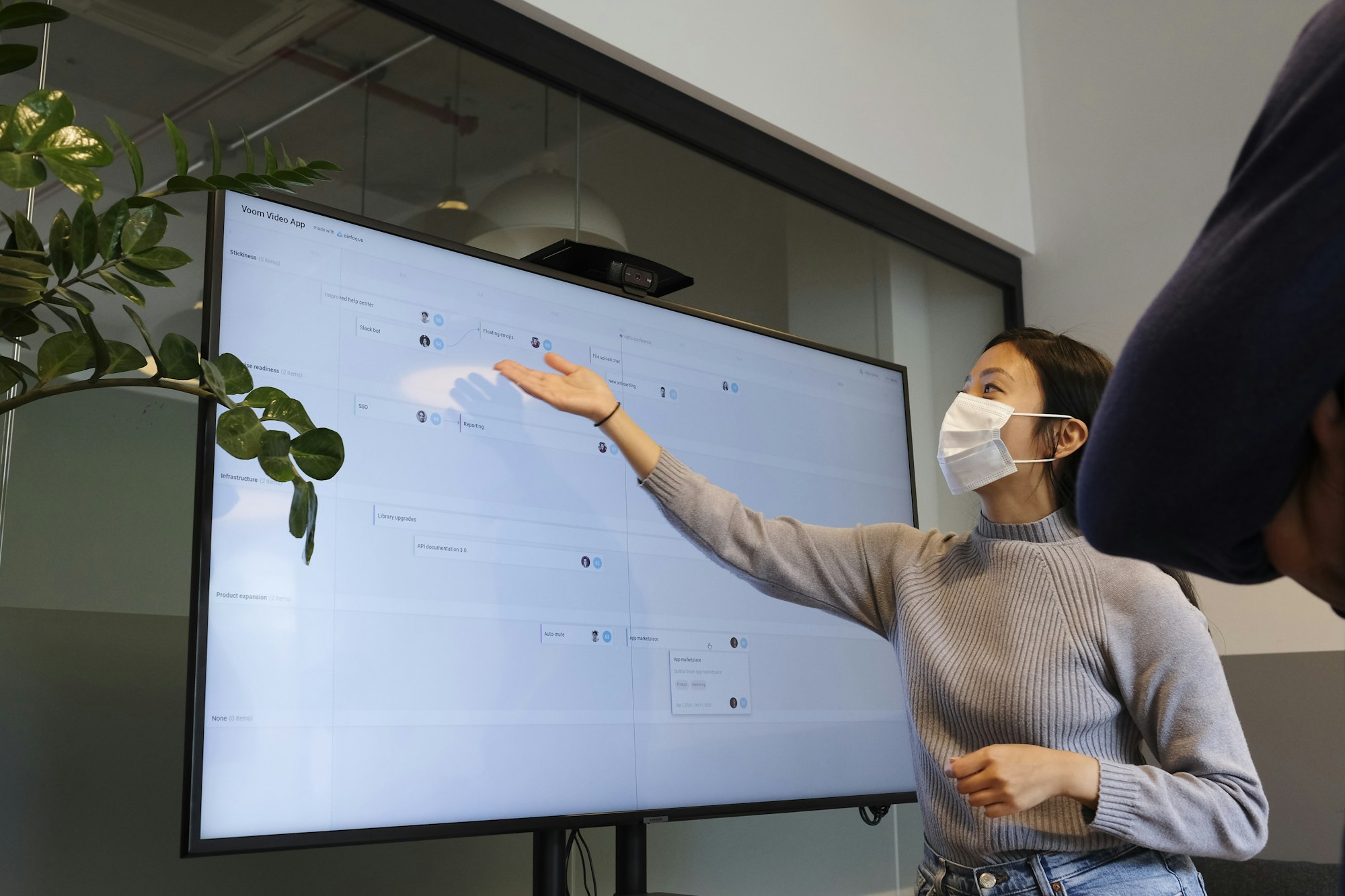Three points made a trend, before the end of each year, I have started to write an opinion piece on what are the trends to lookout for in AI. To validate what I have shared you can check out the posts here.
This is for 2020 and this is for 2021.
Here is my thought piece for 2022. It is just a thought exercise for me but I hope it is useful for your planning.
Deep Learning Plateau-ing

To be honest, in the past year, I have not seen many breakthroughs in Deep Learning models. The best that was developed was Transformers and it still has some room to grow, to get better at memorizing and what to memorize but I felt the growth will be limited.
As a friend of mine pointed out to me previously, Deep Learning is a more brute force method of finding the minute nuances in data and catering to it, (i.e. very good at detecting non-linear relationships) with limited hyper-parameters to play with, limited to the number of layers, number of nodes, and drop out rate.
I do not think we can achieve Artificial General Intelligence (AGI) through Deep Learning given the amount of time it needs to train one and its "brittleness", as in if you moved the particular model from one use case to another, it breaks down. But I am open to discussion on this. Please drop me a message on LinkedIn to have a healthy discussion on it. :)
Network Graph Data

The more mature companies that have experienced benefits from structured data should now be looking for more use cases, and thus will likely move to another form of data and that is network-related data.
There was a time where Social Network Analysis, which has an underlying network structure was well-mentioned but companies were still exploring structured data rather, getting more benefits and value from it thus they did not go into network analysis, especially since it requires a different kind of mindset for analysis.
The maturity seems to have been reached now, as I see more mention of network analysis data especially the release of Pandora Papers.
I see a lot of use cases for such network graph data, especially in healthcare, education, procurement, etc. If only I get a chance to work on them, pretty sure there will be many interesting insights on human psychology. :)
IoT and Edge Computing

As mentioned in the above section "Network Graph Data", matured companies will now be seeking more use cases. This is where another front is opened up with IoT and Edge Computing process. AI engineers can streamline the computation process better, designing how numbers should be crunched, where to store, and what to transfer to the "badder ass" server for further crunching, etc. There will be more options and lesser constraints. One example I can think of is federated learning where data are crunched on the edge devices first then crunched data are transferred to the HQ data center for further crunching through higher computing power.
Simulation: More Use Case

I guess Facebook led the trend with a bigger bang this year when it announced its name change to "Meta" and popularise the term "Metaverse".
But to focus on "Metaverse" solely maybe missing the point that another area has open up for use cases and that is Simulation.
Simulations are fantastic for use cases where there is a high cost of design errors, environments are costly or not easy to replicate in real life, or when multi-agents are interacting with each other. In my last post, we saw the AI Economist and also Alpha-fold. I am very sure we will see more similar use cases, only to be limited by the chip shortage.
Visual Storyteller

What this Pandemic did was that it exposes our poor data literacy, understanding of how data works. However, I believe that it will accelerate the adoption of data going forward as more people understand how data work and how that understanding of data will help in their individual lives and career.
With that in mind, companies who are just starting on data, which is a lot of them, are likely to start thinking about how to use their data. For quick wins, very likely this will lead to high demand for talents that are very capable of data storytelling through good visuals. What are good visuals? Visuals that although has a single story point to tell but allow audiences to find answers on their own.
Having taught data visualization for 3 years, I can tell you it is not simple! But if someone has such a skill, he/she can cut down the decision-making process tremendously and get buy-in from stakeholders very easily. Such is the advantage! And with the business environment getting more dynamic, shaving hours or days off from data-to-decision can be very advantageous.
Further Talent Crunch

While the world deals with supply chain shortages, there will be a similar talent crunch in the Data Science and Artificial Intelligence industry as well. Why is that so?
Training talents for the industry is actually not so straightforward, as in after training, it does not mean that the talent is then ready to contribute very much to the employers. However, what I see as the most common training strategy is that, placing the talents into the bootcamps and education programmes and then once they have graduated, they are expected to contribute significantly. That is not true, especially we have not even discuss about the content of all these bootcamps and programmes yet.
A common analogy I give is that of surgeon. Any talents who has sat through a bootcamp or degree programme, they are equivalent to a surgeon that has just underwent theoretical training, they have not operated on anyone yet. Will you like to be operated by a "theoretical surgeon"?
The train talents up, there needs to be a process rather than programme. What should the process be like? Well, first step of course is to beef up the foundation which will be revisited many times through the career, this is where bootcamps and degree programmes comes in.
Next step is to help the talent gain the practical experience. With guidance from mentors, the talents should work on 2-3 projects. The thought process and working through the solution, with a mentor, will help the fresh talents to understand the nuances, intricacies faced during any project, something that one will not see it in theories.
After 2-3 projects, the training wheels can be pulled off and allow the talents to start working on projects with reduced guidance from the mentor and as more experience get accummulated, the talent can be on their own to work on projects.
As you can observe, this process is not well-adopted. If we are to continue the current training trajectory, likely the talent crunch is exacerbated and we might have an experience gap later on, with the experienced getting more experience and less motivation and desire to guide the fresh talents because of various reasons.
Calling Regulations & Compliance

For the AI industry to grow healthily, and as tech and non-tech companies start exploring and finding more use cases for Machine Learning and AI, I believe it is time for us to start thinking about regulating AI usage and development. This builds trust between consumers and AI developers, creating a symbiotic relationship between the two and thus able to grow the industry better. This call is timely as we see what happened during the "Facebook Papers"
However, my stand is we need more technical people in the discussion, people who are familiar with the machine learning models, the project and "Ops" implementation, etc so that we come up with credible regulations that can spur the growth of AI rather than binding it. To tilt the balance too much on policy-making and law-making without a balance in the technical angle, will not be healthy for the industry.
Conclusion
Going forward, we are moving on two fronts here. Companies that are matured, successfully found lots of use cases with structured data will now be exploring more sophisticated use of data, like simulation, graph data, and edge & IoT computing.
While other front will be companies who are just starting to use data will find that they need more visual storytellers while challenging to find talents to help them move up the value chain with regards to data, as described in my above section on talent crunch.
Anyway, these are based on my current observations and readings, and of course, I did an extrapolation on it to see what may happen in 2022 and beyond. Readers might have a different opinion and feedback and I will love to hear your thoughts on it. :)
Thanks for taking the time to read till here. Please feel free to link up on LinkedIn or Twitter (@PSkoo). Do consider signing up for my newsletter too. Hopefully, by second half of 2022, we will go into a real "new normal". All the best to all of us! :)
